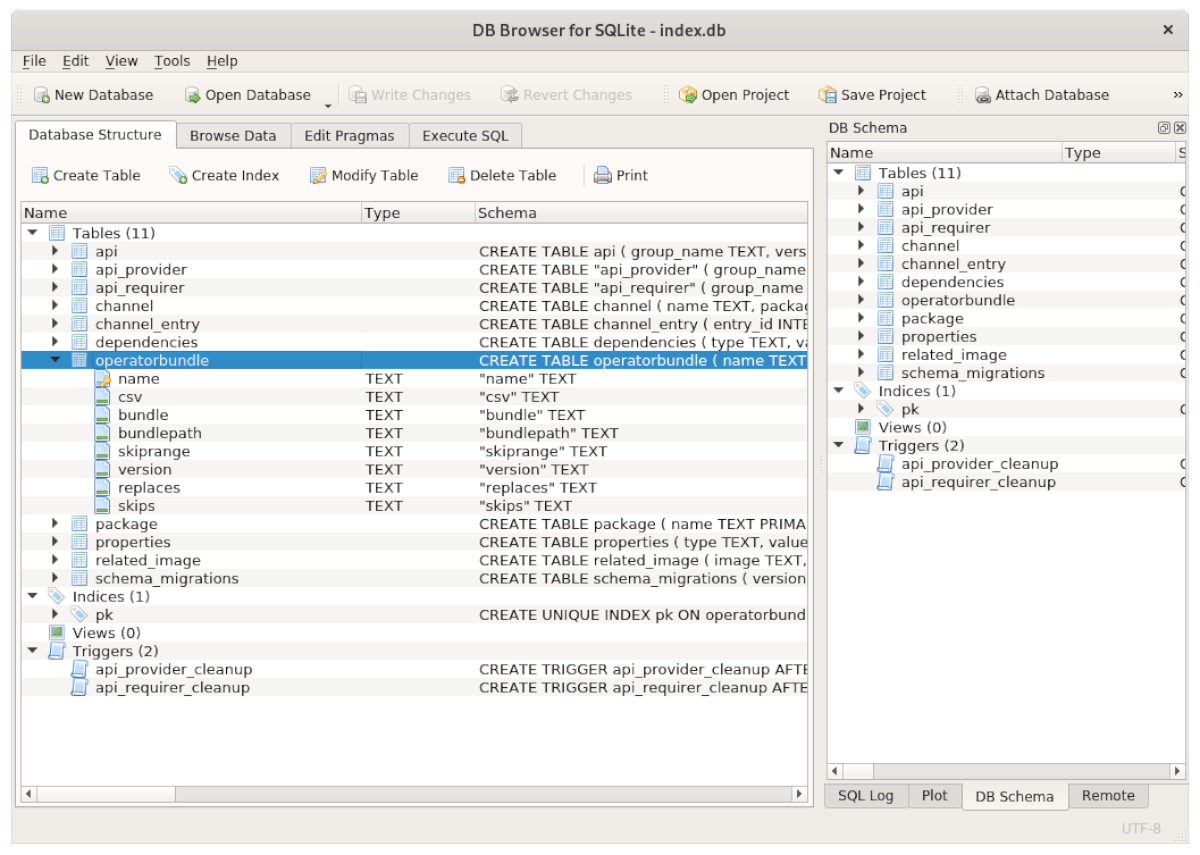

- #How to install sqlite on macos how to
- #How to install sqlite on macos driver
- #How to install sqlite on macos password
- #How to install sqlite on macos download
However, you can Download macOS Mojave freely from here, for example, by the passage of time every company of operating system is trying to publish something good for the public and users. If you want to know about its great features of macOS Mojave so you must to test that the beta version of VMware or Virtual machine, as a guest machine on your computer.
#How to install sqlite on macos how to
However, when you installed How to install macOS Mojave on VMware on windows and How to install macOS Mojave on VirtualBox and Windows? and you need to work more on macOS Mojave on VMware or VirtualBox to know better about its new features and functions, for that first you need to install VMware tool like a driver.
#How to install sqlite on macos driver
Therefore, you need to install the latest version of the driver on it to fix the issues of Windows. For example, if you are installing several operating systems on the computer. However, if you are done successfully with the installation of macOS Mojave on VMware on Windows, Therefore, there is one thing more to do it. The macOS installation process doesn’t create nor install a sample my.cnf MySQL configuration file.In this article, I will show you how to install VMware tools on macOS Mojave on VMware. Let us take an example to understand this: The installer file is mysql−8.0.25−osx10.15−x86_64.dmg which installs MySQL into /usr/local/mysql−8.0.25−osx10.15−x86_64/ with a symlink to When the package installer is used to complete the installation, the files are installed into a directory in /usr/local which matches the name of the installation version and platform.

If the user chooses to not start MySQL during startup, then either launchctl from the command line should be used or start MySQL by clicking "Start" with the help of the MySQL preference pane. Summary is the final step which references a successful and complete MySQL Server installation.
#How to install sqlite on macos password
When the legacy password mechanism is chosen, it alters the generated launchd file to set −−default_authentication_plugin=mysql_native_password under ProgramArguments.Ĭhoosing strong password encryption woudln’t set −−default_authentication_plugin since the default MySQL Server value is used, that is caching_sha2_password.Ī password is defined for the root user, and toggle to know whether MySQL Server should start after the configuration step is complete or not. This step also allows the user to change it to mysql_native_password (Legacy). The default MySQL 8.0 password mechanism uses caching_sha2_password (Strong).

Once MySQL Server has been successfully installed, the configuration steps need to be completed by choosing the default encryption type for passwords, as well as enable or disable the MySQL server at startup. The installation process ends here if a current MySQL Server installation is being upgraded, otherwise the wizard's additional configuration steps for the new MySQL Server installation need to be followed. The ‘Install’ has to be clicked on to install MySQL Server. The ‘Change Install Location’ option is available, but the installation location cannot be changed. The MySQL community edition also shows a copy of the relevant GNU General Public License.Ĭlick on ‘Continue’ and then ‘Agree’ so as to continue.įrom the page on ‘Installation Type’, the user can either click on ‘Install’ to execute the installation wizard using all the defaults, or click on ‘Customize’ to alter the specific components that needs to be installed (such as MySQL server, MySQL Test, Preference Pane, Launchd Support −− all but MySQL Test are enabled by default). The initial wizard introduction screen is used to reference the MySQL server version which needs to be installed.Ĭlick on ‘Continue’ to begin the installation of the package. If the MySQL server version is 8.0.22, then the name would be mysql-8.0.22-osx-10.13-x86_64.pkg. It is given a name based on the version of MySQL that has been downloaded. The MySQL installer package downloaded above and now present on the disk needs to be double−clicked. Refer the official website as in the below screenshot − This would contain the MySQL package installer. The disk image (.dmg) file (whose community version is also available) needs to be downloaded. MySQL can be installed using the package installer. This can be done by using the MySQL manager application, which is present on macOS server or the preference pane or by using the mysqladmin shutdown on the command line. The next step is to mount the image and display the contents of it.īefore installation of MySQL, the user has to ensure that all MySQL server instances have stopped running. dmg) file which needs to be mounted on by double clicking on the icon in the Finder. There is a package that is located inside a disk image (a. Let us understand how MySQL can be installed on macOS.


 0 kommentar(er)
0 kommentar(er)
